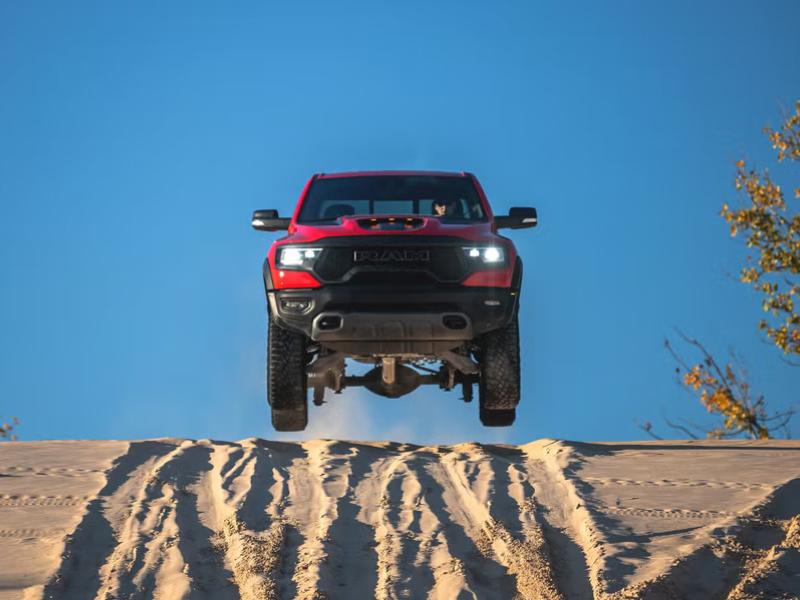Going off-road makes lots of demands on a 4WD vehicle, but none more than to the suspension, and if you’re going to be doing anything vaguely serious when you go off the beaten track, you’re going to have to take a look at this.
Land Transport New Zealand is quite strict in this regard, and it has handed over the day-to-day administration and testing of vehicles which have been modified to the Low Volume Vehicle Technical Association.
This body ensures that your vehicle will be safe, and its certifiers are highly qualified.
In recent years there have been attempts to simplify the certification process, and the LVVTA has been working closely with the New Zealand Four Wheel Drive Association to try to produce an “Authority Card” system for NZFWDA members which would allow them more freedom with suspension lifts than the general public would have.
However, for various reasons this failed to achieve consensus (see Peter Vahry’s column last issue) and for the time being, at least, the current rules stand.
And these are quite simple. Any suspension modifications must be certified, unless they meet the following exclusions:
Says the LVVTA: “A vehicle is not required to be certified to the Low Volume Vehicle Code where a suspension modification is the sole modification, and the following criteria is met, provided that the safe performance of the vehicle is not compromised.”
(a) Aftermarket shock absorbers including air adjustable units, but not including those with height-adjustable platforms, may be used, provided they are fitted to the vehicle manufacturer’s mounting points; or
(b) Aftermarket road springs, including those that raise or lower the vehicle, may be substituted for the originals, provided that:
(i) the springs are fitted correctly to the original vehicle manufacturer’s mounts; and
(ii) there has been no heating or cutting of the springs subsequent to their original manufacturing process; and
(iii) the springs remain in contact with their seats when the vehicle suspension is fully extended; and
(iv) the original vehicle manufacturer’s method of retaining the springs at full extension is maintained without the addition of any supplementary devices such as wire ties or other non-standard methods of retaining the springs; and
(v) unless specified as an original condition by the original vehicle manufacturer, the road clearance of the unladen vehicle is not less than 100 mm measured at any part of the vehicle other than the
wheel rim, brake backing plate and the outer knuckle of the suspension joint, or body kits such as front spoiler and side skirts of a lightweight construction; and
(vi) the normal relationship between the front and rear suspension height is not unduly affected; and
(vii) there is sufficient travel in the suspension to ensure that contact is not made with the vehicle manufacturer’s unmodified bump stops when the vehicle is fully loaded and operated under normal conditions; or
(c) If blocks are used in leaf springs to adjust their ride height they must be securely fitted, have the same or more seating area than the original fitment, be no more than 50 mm high, be made of metal, and be designed for the purpose; or
(d) Aftermarket suspension bushes may be substituted for the originals, provided they are made from an appropriate material such as polyurethane, and there has been no cutting or machining of the suspension arms to fit them; or
(e) Aftermarket stabiliser bars may be fitted, provided they use the original mounting points.
For more information check out the LVVTA website at http://www.lvvta.org.nz/






